2. Li M, Knapp SK, Iden S. 2020; Mechanisms of melanocyte polarity and differentiation: what can we learn from other neuroectoderm-derived lineages? Curr Opin Cell Biol. 67:99–108. DOI:
10.1016/j.ceb.2020.09.001. PMID:
33099084.

3. Nishimura EK. 2011; Melanocyte stem cells: a melanocyte reservoir in hair follicles for hair and skin pigmentation. Pigment Cell Melanoma Res. 24:401–410. DOI:
10.1111/j.1755-148X.2011.00855.x. PMID:
21466661.

4. Mort RL, Jackson IJ, Patton EE. 2015; The melanocyte lineage in development and disease. Development. 142:620–632. Erratum in: Development 2015;142:1387. DOI:
10.1242/dev.106567. PMID:
25670789. PMCID:
PMC4325379.

7. Levy C, Khaled M, Fisher DE. 2006; MITF: master regulator of melanocyte development and melanoma oncogene. Trends Mol Med. 12:406–414. DOI:
10.1016/j.molmed.2006.07.008. PMID:
16899407.

8. Murtas D, Pilloni L, Diana A, Casula L, Tomei S, Piras F, Ferreli C, Maxia C, Perra MT. 2019; Tyrosinase and nestin immunohistochemical expression in melanocytic nevi as a histopathologic pattern to trace melanocyte differentiation and nevogenesis. Histochem Cell Biol. 151:175–185. DOI:
10.1007/s00418-018-1730-5. PMID:
30232588.

9. Wang Y, Lan Y, Yang X, Gu Y, Lu H. 2021; TGFβ2 upregulates tyrosinase activity through opsin-3 in human skin melanocytes in vitro. J Invest Dermatol. 141:2679–2689. DOI:
10.1016/j.jid.2021.01.040. PMID:
34029574.

12. Weng H, Huang H, Wu H, Qin X, Zhao BS, Dong L, Shi H, Skibbe J, Shen C, Hu C, Sheng Y, Wang Y, Wunderlich M, Zhang B, Dore LC, Su R, Deng X, Ferchen K, Li C, Sun M, Lu Z, Jiang X, Marcucci G, Mulloy JC, Yang J, Qian Z, Wei M, He C, Chen J. 2018; METTL14 inhibits hematopoietic stem/progenitor differentiation and promotes leukemogenesis via mRNA m6A modification. Cell Stem Cell. 22:191–205.e9. DOI:
10.1016/j.stem.2017.11.016. PMID:
29290617. PMCID:
PMC5860916.

13. Wen J, Lv R, Ma H, Shen H, He C, Wang J, Jiao F, Liu H, Yang P, Tan L, Lan F, Shi YG, He C, Shi Y, Diao J. 2018; Zc3h13 regulates nuclear RNA m6A methylation and mouse embryonic stem cell self-renewal. Mol Cell. 69:1028–1038.e6. DOI:
10.1016/j.molcel.2018.02.015. PMID:
29547716. PMCID:
PMC5858226.

15. Vasyliev RG, Gubar OS, Gordiienko IM, Litvinova LS, Rodnichenko AE, Shupletsova VV, Zlatska AV, Yurova KA, Todosenko NM, Khadzhynova VE, Shulha MV, Novikova SN, Zubov DO. 2019; Comparative analysis of biological properties of large-scale expanded adult neural crest-derived stem cells isolated from human hair follicle and skin dermis. Stem Cells Int. 2019:9640790. DOI:
10.1155/2019/9640790. PMID:
30915126. PMCID:
PMC6399535. PMID:
53b2e09df6264e01a1ba2614430965a4.

16. Ni Y, Zhang K, Liu X, Yang T, Wang B, Fu L, A L, Zhou Y. 2014; miR-21 promotes the differentiation of hair follicle-deri-ved neural crest stem cells into Schwann cells. Neural Regen Res. 9:828–836. DOI:
10.4103/1673-5374.131599. PMID:
25206896. PMCID:
PMC4146246.

17. Dong D, Jiang M, Xu X, Guan M, Wu J, Chen Q, Xiang L. 2012; The effects of NB-UVB on the hair follicle-derived neural crest stem cells differentiating into melanocyte lineage in vitro. J Dermatol Sci. 66:20–28. DOI:
10.1016/j.jdermsci.2012.01.012. PMID:
22391242.
18. Krebs AM, Mitschke J, Lasierra Losada M, Schmalhofer O, Boerries M, Busch H, Boettcher M, Mougiakakos D, Reichardt W, Bronsert P, Brunton VG, Pilarsky C, Winkler TH, Brabletz S, Stemmler MP, Brabletz T. 2017; The EMT-activator Zeb1 is a key factor for cell plasticity and promotes metastasis in pancreatic cancer. Nat Cell Biol. 19:518–529. DOI:
10.1038/ncb3513. PMID:
28414315.

19. Ohguchi K, Banno Y, Nakagawa Y, Akao Y, Nozawa Y. 2005; Negative regulation of melanogenesis by phospholipase D1 through mTOR/p70 S6 kinase 1 signaling in mouse B16 melanoma cells. J Cell Physiol. 205:444–451. DOI:
10.1002/jcp.20421. PMID:
15895362.

20. Jin D, Guo J, Wu Y, Du J, Yang L, Wang X, Di W, Hu B, An J, Kong L, Pan L, Su G. 2019; m
6A mRNA methylation initiated by METTL3 directly promotes YAP translation and increases YAP activity by regulating the MALAT1-miR-1914-3p-YAP axis to induce NSCLC drug resistance and metastasis. J Hematol Oncol. 12:135. Erratum in: J Hematol Oncol 2020;13:106. DOI:
10.1186/s13045-020-00942-x. PMID:
32746876. PMCID:
PMC7397643. PMID:
e0b20dfa351a4378a85213860c179d3a.
22. Zhou S, Zeng H, Huang J, Lei L, Tong X, Li S, Zhou Y, Guo H, Khan M, Luo L, Xiao R, Chen J, Zeng Q. 2021; Epige-netic regulation of melanogenesis. Ageing Res Rev. 69:101349. DOI:
10.1016/j.arr.2021.101349. PMID:
33984527.

23. Schneider MR, Schmidt-Ullrich R, Paus R. 2009; The hair follicle as a dynamic miniorgan. Curr Biol. 19:R132–R142. DOI:
10.1016/j.cub.2008.12.005. PMID:
19211055.

24. Lee J, Bӧscke R, Tang PC, Hartman BH, Heller S, Koehler KR. 2018; Hair follicle development in mouse pluripotent stem cell-derived skin organoids. Cell Rep. 22:242–254. DOI:
10.1016/j.celrep.2017.12.007. PMID:
29298425. PMCID:
PMC5806130.

25. Narytnyk A, Verdon B, Loughney A, Sweeney M, Clewes O, Taggart MJ, Sieber-Blum M. 2014; Differentiation of human epidermal neural crest stem cells (hEPI-NCSC) into virtually homogenous populations of dopaminergic neurons. Stem Cell Rev Rep. 10:316–326. DOI:
10.1007/s12015-013-9493-9. PMID:
24399192. PMCID:
PMC3969515.

27. Dong D, Chen S, Feng C, Xiong H, Xu X. 2020; NB-UVB induces melanocytic differentiation of human hair follicle neural crest stem cells. Ann Dermatol. 32:289–297. DOI:
10.5021/ad.2020.32.4.289. PMID:
33911756. PMCID:
PMC7992648.

28. Li J, Zhu L, Shi Y, Liu J, Lin L, Chen X. 2019; m6A demethylase FTO promotes hepatocellular carcinoma tumorigenesis via mediating PKM2 demethylation. Am J Transl Res. 11:6084–6092. PMID:
31632576. PMCID:
PMC6789218.
31. Shen GS, Zhou HB, Zhang H, Chen B, Liu ZP, Yuan Y, Zhou XZ, Xu YJ. 2018; The GDF11-FTO-PPARγ axis controls the shift of osteoporotic MSC fate to adipocyte and inhibits bone formation during osteoporosis. Biochim Biophys Acta Mol Basis Dis. 1864:3644–3654. DOI:
10.1016/j.bbadis.2018.09.015. PMID:
30279140.

32. Li L, Zang L, Zhang F, Chen J, Shen H, Shu L, Liang F, Feng C, Chen D, Tao H, Xu T, Li Z, Kang Y, Wu H, Tang L, Zhang P, Jin P, Shu Q, Li X. 2017; Fat mass and obesity-associated (FTO) protein regulates adult neurogenesis. Hum Mol Genet. 26:2398–2411. DOI:
10.1093/hmg/ddx128. PMID:
28398475. PMCID:
PMC6192412.

33. Cao Y, Zhuang Y, Chen J, Xu W, Shou Y, Huang X, Shu Q, Li X. 2020; Dynamic effects of Fto in regulating the proliferation and differentiation of adult neural stem cells of mice. Hum Mol Genet. 29:727–735. DOI:
10.1093/hmg/ddz274. PMID:
31751468.

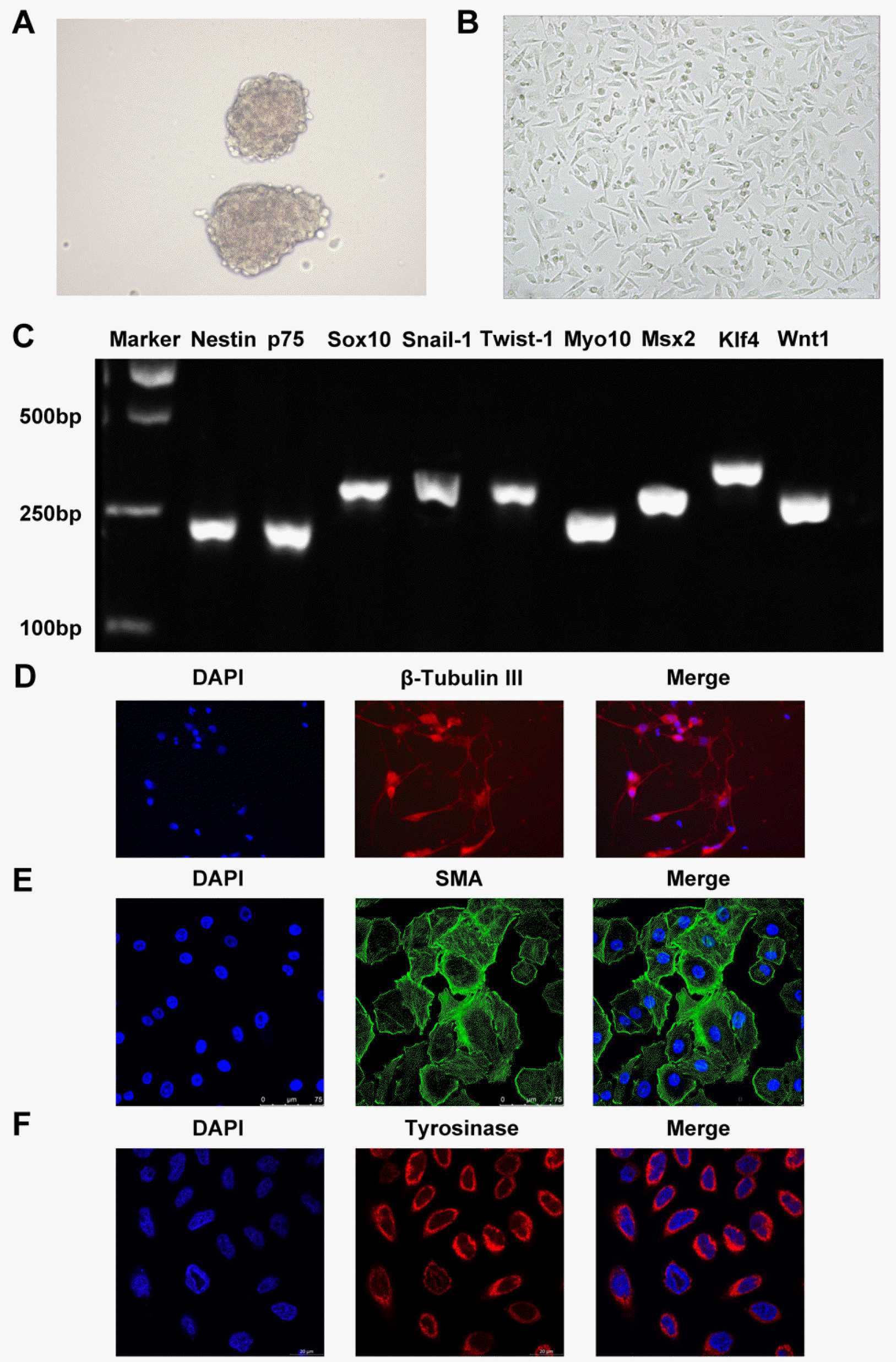
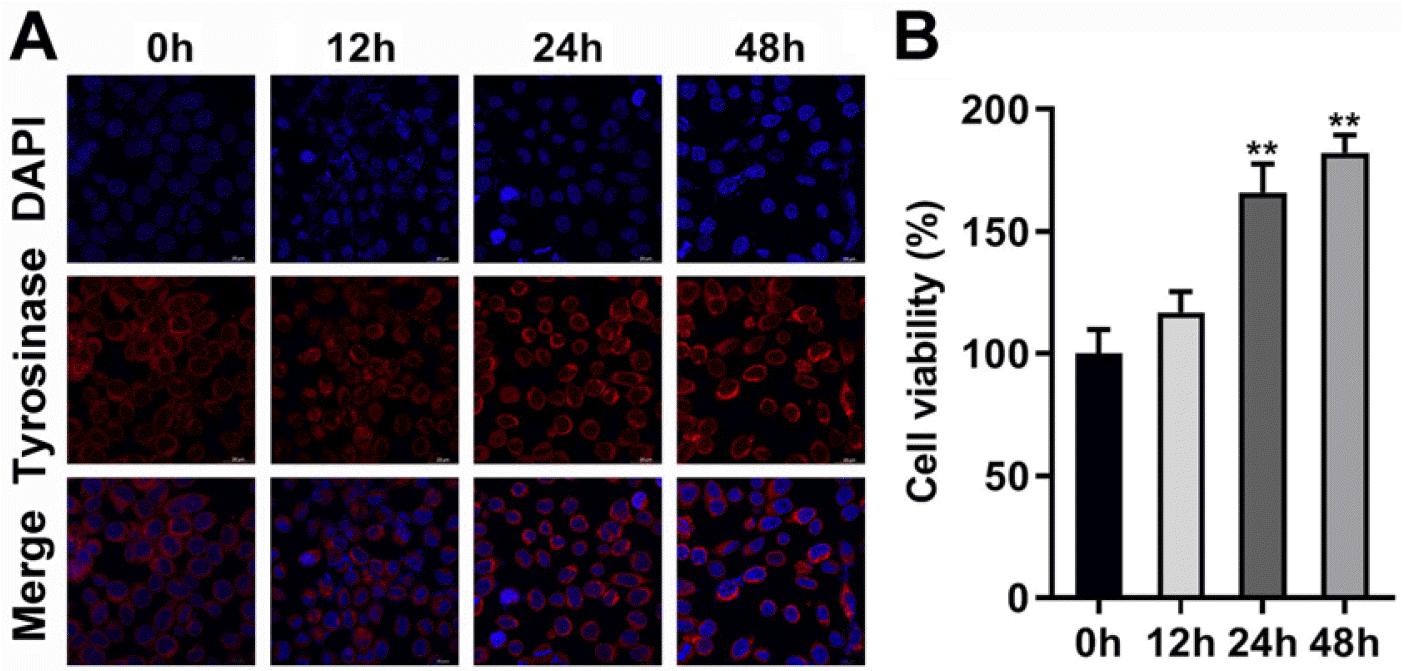
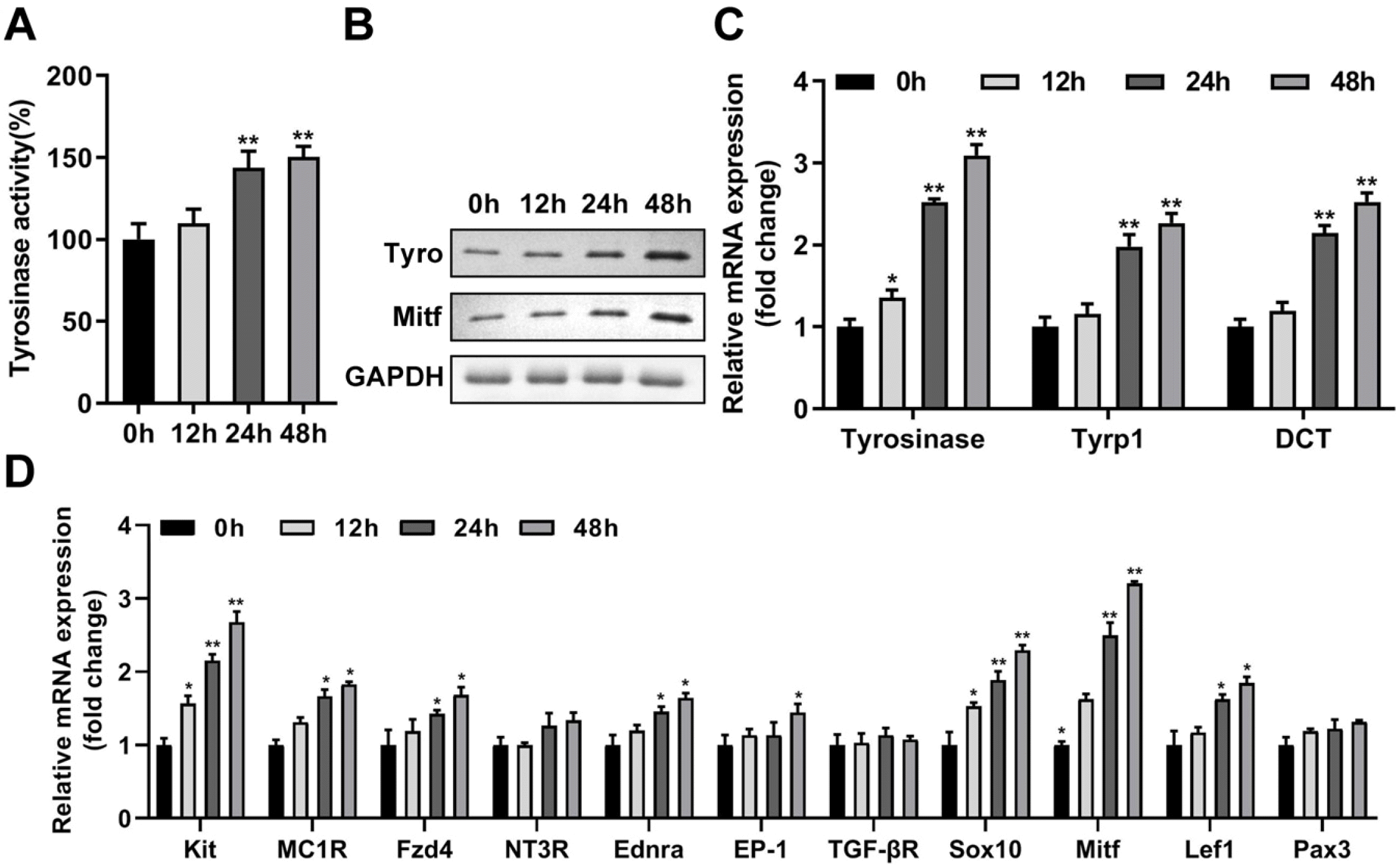
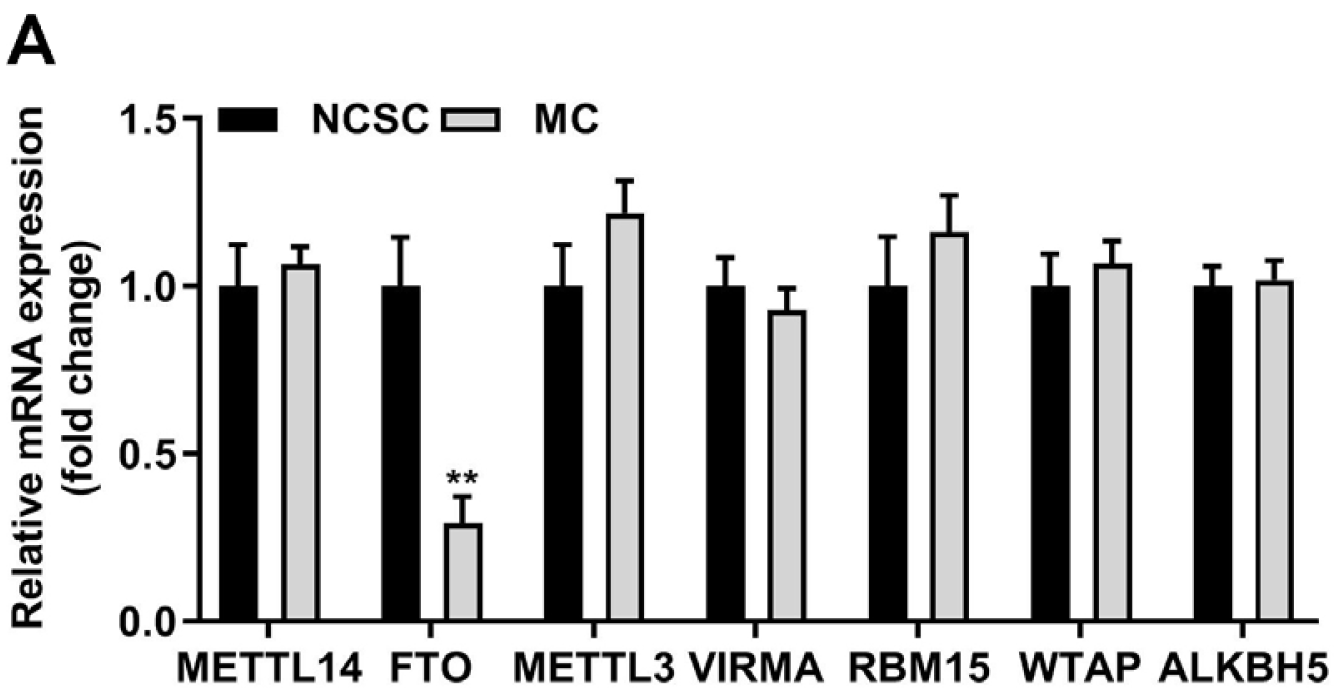
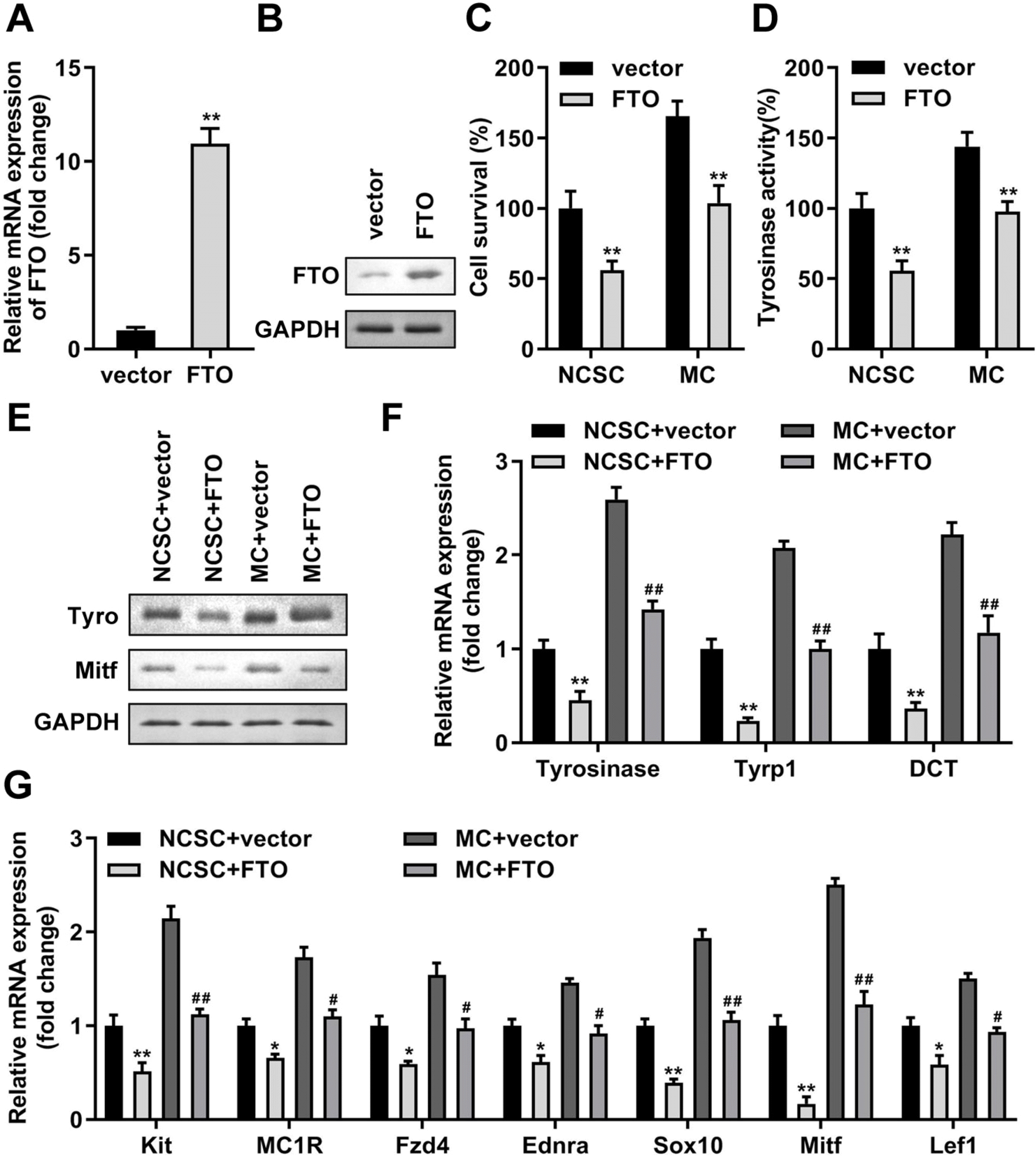
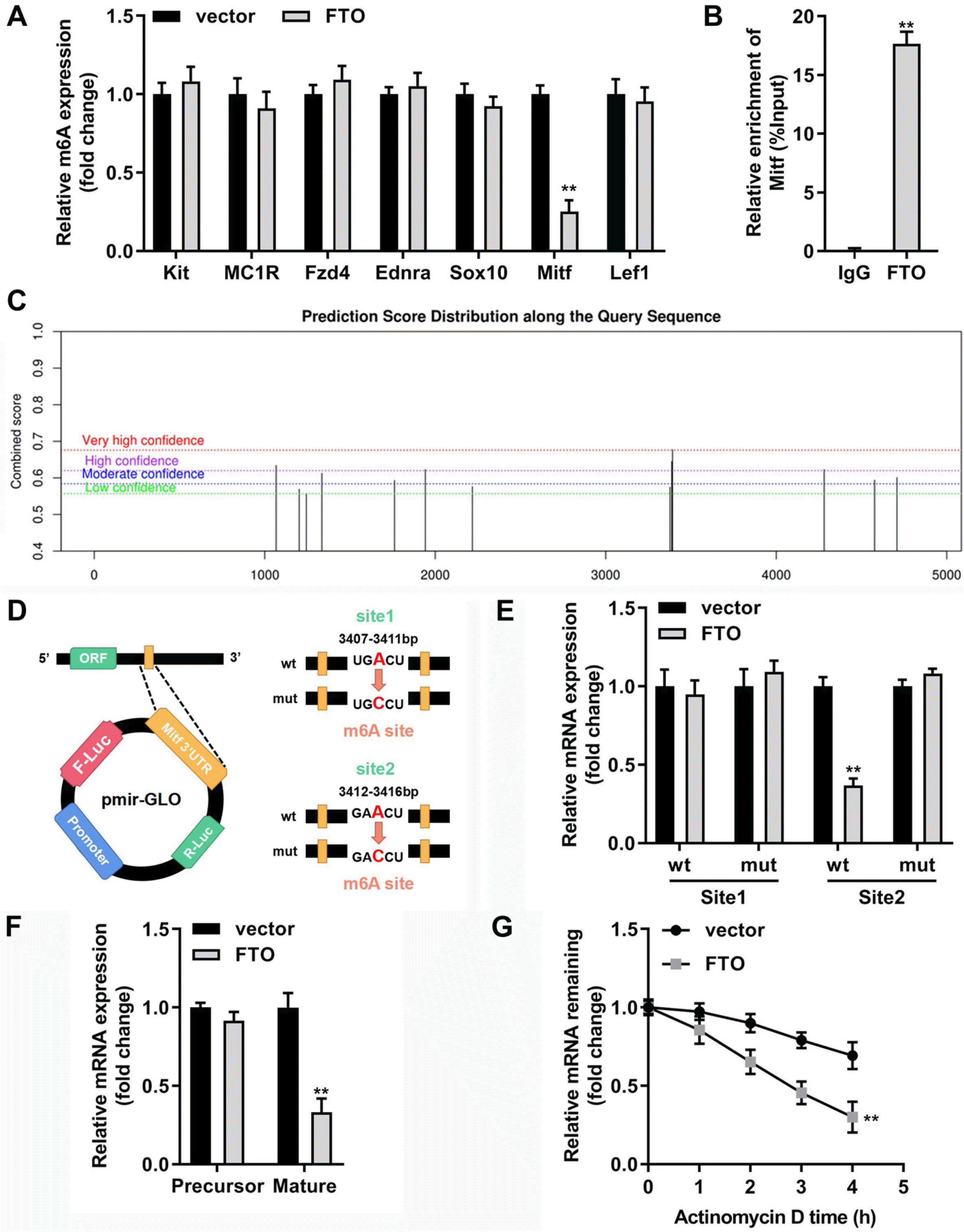
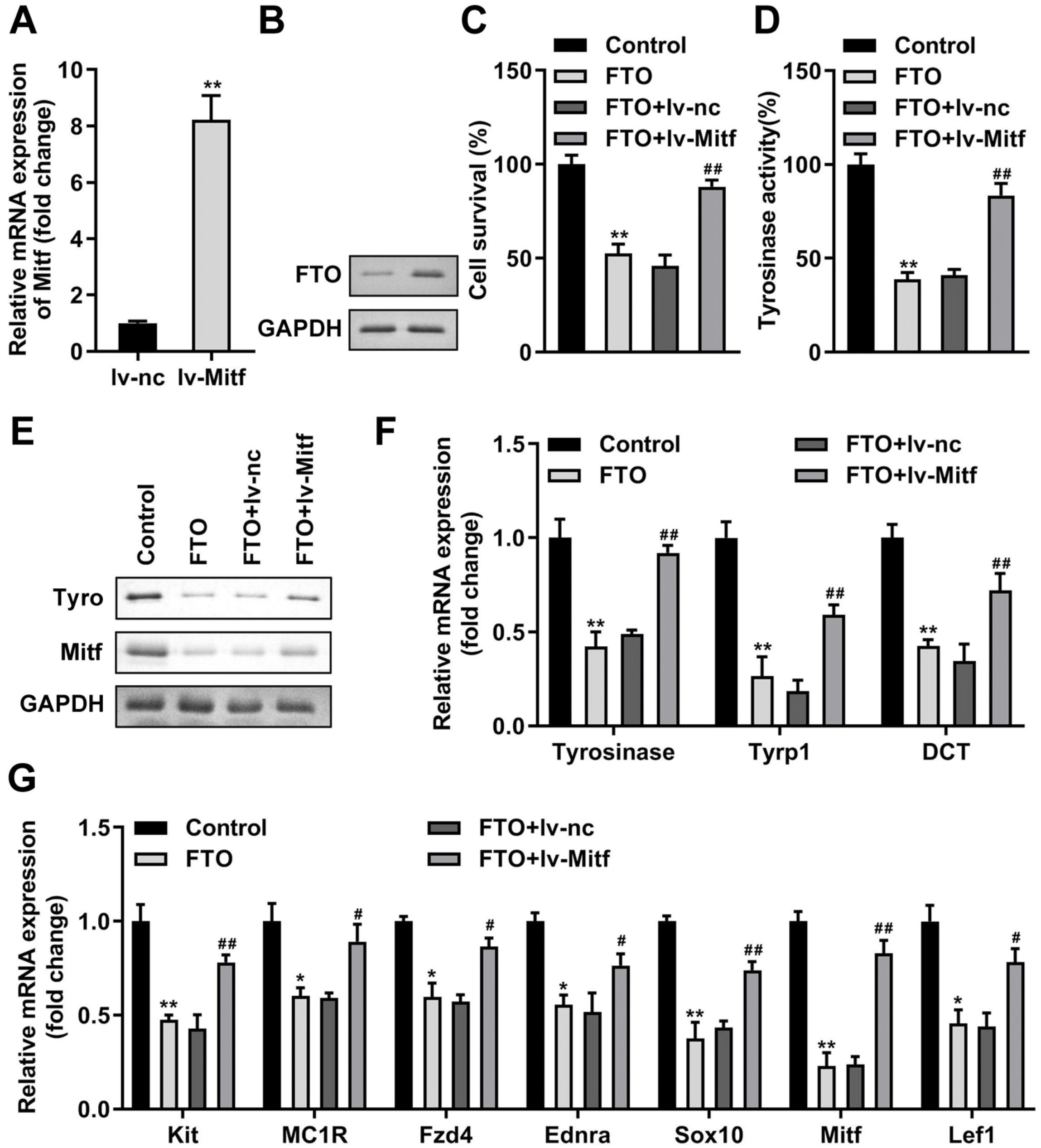




 PDF
PDF Citation
Citation Print
Print


 XML Download
XML Download